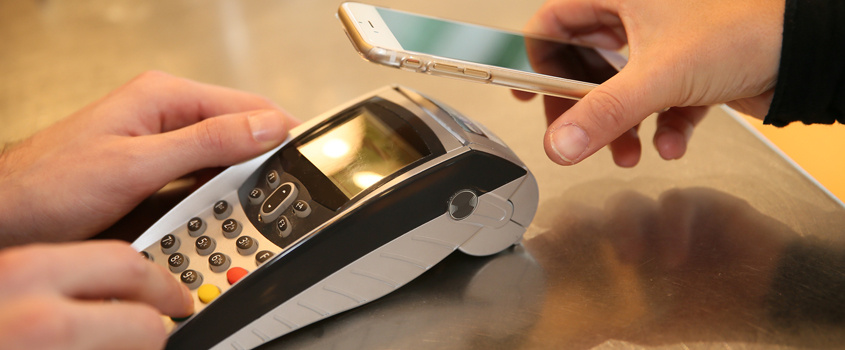republic onboarding
Internet Banking
-
Savings & Chequing
-
Savings Accounts
Growing up with a plan for tomorrow
For youths between the ages 13 to 19 years
Shape your future
Helps you to build your nest egg
Saves you time and money
The wise investment instrument
Earn more on your Foreign Accounts
Chequing Accounts
Bank FREE, easy and convenient
A world of convenience and flexibity
Invest and enjoy the best of both worlds
A value package designed for persons 60 +
Life Stage Packages
Banking on your terms
Getting married?
Tools & Guides
Make an informed decision using our calculators
Help choose the account that’s right for you
All Our Cheques Have A New Look!
-
-
Electronic Banking
-
EBS Products
Open a deposit account online
Pay bills and manage your accounts easily
Banking on the Go!
Welcome to the Cashless Experience
Top up your phone/friend’s phone or pay utility bills for FREE!
EBS Products
Make secure deposits and bill payments
Access your accounts easily and securely with the convenience of Chip and PIN technology and contactless transactions.
Access cash and manage your money
Where your change adds up
-
-
Credit cards
-
Credit Cards
Credit Cards
Additional Information
-
-
Prepaid Cards
-
Pre-paid Cards
-
-
Loans
-
overview
To take you through each stage of life, as we aim to assist you with the funds you need for the things you want to do
We make it easy to acquire financial assistance for tertiary education through the Higher Education Loan Programme
We make it easy, quick and affordable to buy the car of your dreams
Tools & Guides
Helps you determine the loan amount that you can afford
You can calculate your business’ potential borrowing repayments
Republic Bank's Group Life Insurance will provide relief to your family by repaying your outstanding mortgage, retail or credit card balance in the event of death or disablement.
-
-
Mortgages
-
Mortgage Centre
Republic Bank Limited can make your dream of a new home a quick and affordable reality
New Customers
Block for MM- new user mortgage process
There are three stages you must complete before owning your first home
Tools & Guides
block for MM - personal - mortgages
-
-
Investments
-
Investment Products
-
Banking: A New Decade
You are here
Home / Banking: A New Decade
The 2010s were a decade of unprecedented technological advancement. Apps like Tinder, Instagram and Slack were all invented in this period and they revolutionised the way we date, live and work. Many experts predict that the 2020s will bring even bolder Forbes, in the 2000s PayPal and WorldPay kickstarted this mega-trend by making it easier to conduct business online. Fast forward to the 2020s, and digital payments are going nowhere. History has demonstrated that customers want digital payment solutions that are easy to register for and use. In the Caribbean, expect banks to partner with start-ups to bring such solutions to customers. For example, in October 2019, Republic Bank partnered with Wi-Pay to bring first-to-market payment solutions to the digital consumer. Wi-Pay’s digital payment technology will not only benefit the Caribbean customer, but will allow Small and Medium-Sized Enterprises (SMEs) to accept payments online using all forms of local currency.
Digital banking will also remain popular in the new decade; however, trends suggest that consumers prefer mobile to online banking. What’s the difference? Well, mobile banking refers to an internet-based facility that allows customers to execute bank transactions via cellular devices. Conversely, internet banking refers to a service that allows customers to bank electronically, with the use of internet. The former usually takes place on phones and tablets while the latter usually takes place on desktops and laptops. So why is mobile banking becoming more popular? Simply put, it’s easier. This is particularly true in T&T where we have a high rate of cell phone penetration. Moreover, an IDB blog suggests that younger Trinbagonian generations are driving a lifestyle-oriented approach to banking, where consumers can use financial services that integrate easily with other services. Mobile banking is a prime example of one such service.
The prevalence of mobile banking begs the question – what role will bank branches play in the 2020s? After all, digital-only banks have become more common worldwide. For example, the prevalence of mobile-only banking in India led Singaporean bank DBS to create digibank, named World’s Best Digital Bank by Euromoney in 2016. When discussing the bank’s success, DBS CEO Piyush Gupta stated, “We had to stop thinking: ‘What will other banks do?’ We had to start thinking: ‘What would big tech do?’” So, could we see the rise of digital-only banks in the Caribbean? Will banks start to resemble big tech firms like Amazon and Apple? It’s possible but banks will have to balance a desire to innovate and improve customers’ lives with the need to adhere to regulations and protect consumers’ money and data. It’s therefore more likely that we will see incremental but well-thought-out changes.
Many banking innovations in the 2010s allowed the previously unbanked or under-served to access banking services. For example, Kenya’s mobile payment system M-Pesa not only gave millions of people access to mobile banking, it allowed small businesses to tap into new opportunities and even played a role in reducing poverty. Hopefully, Caribbean banking innovations will play a significant role in helping to improve both the ease of doing business and the standard of living. It may be a new decade of banking, but one thing remains the same: customers are still banks’ top priority.
COMPANY INFORMATION
Banking Segments
Press & Media
Contact Us
© 2025 Republic Bank Limited. All Rights reserved.







 Denyse Ramnarine
Denyse Ramnarine
